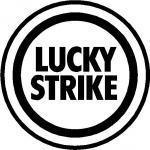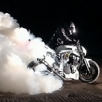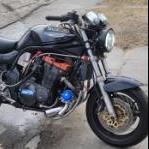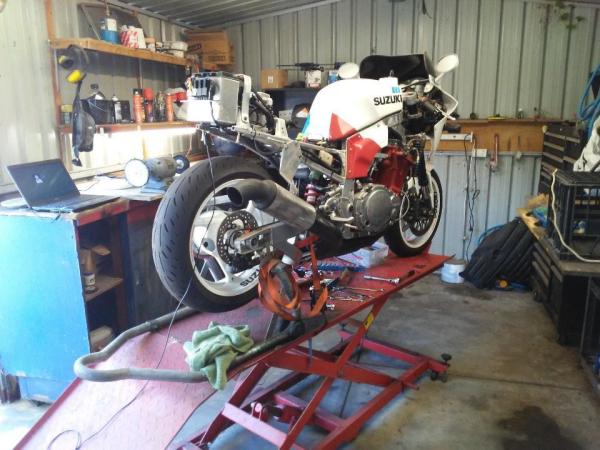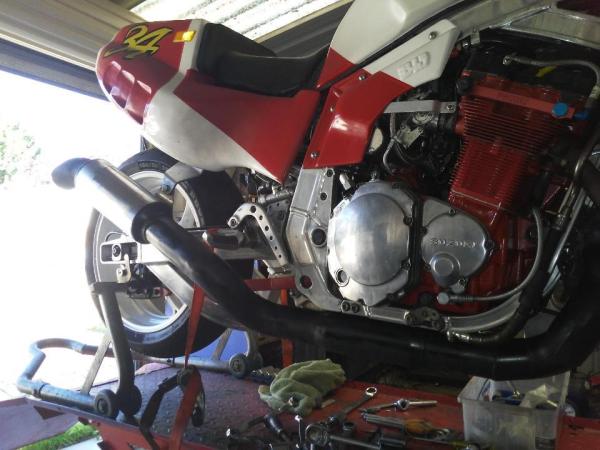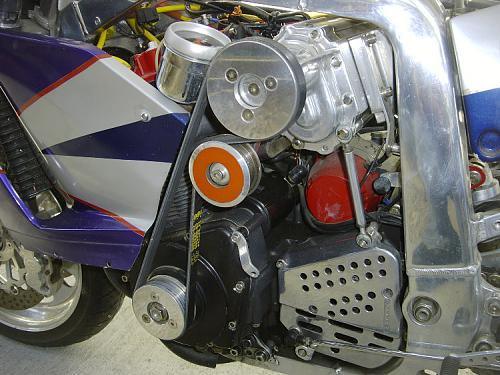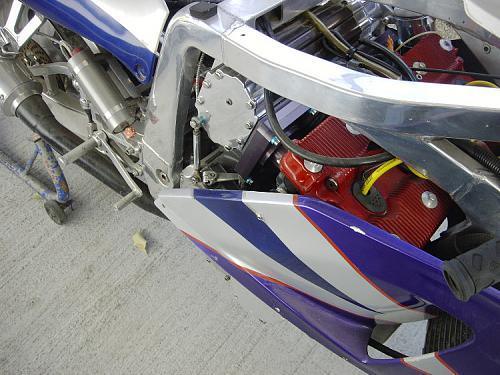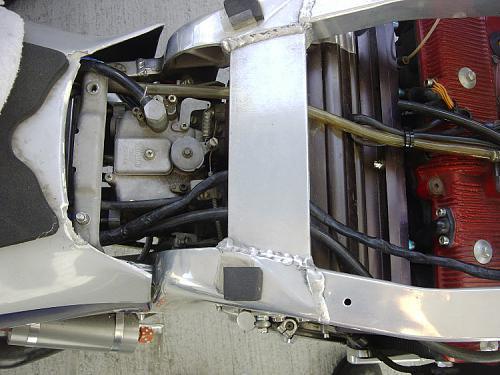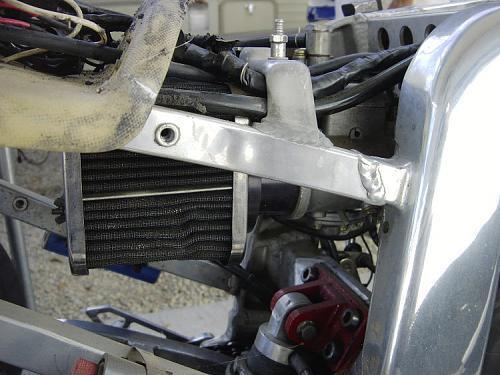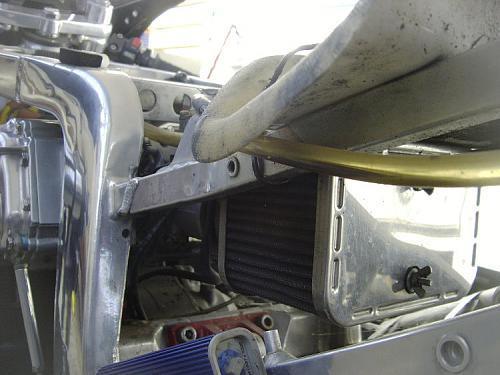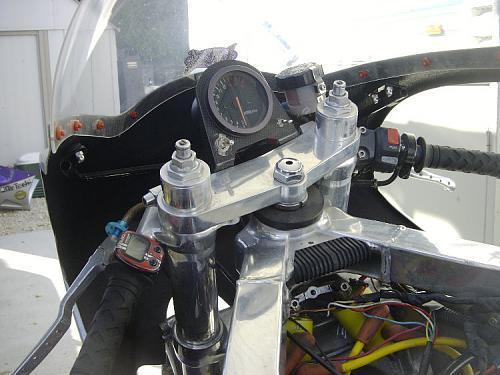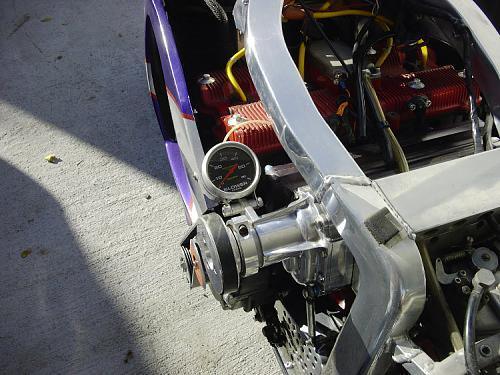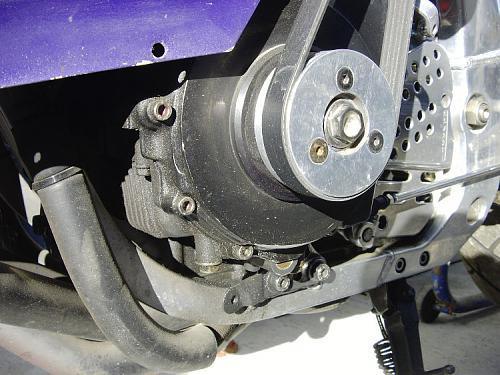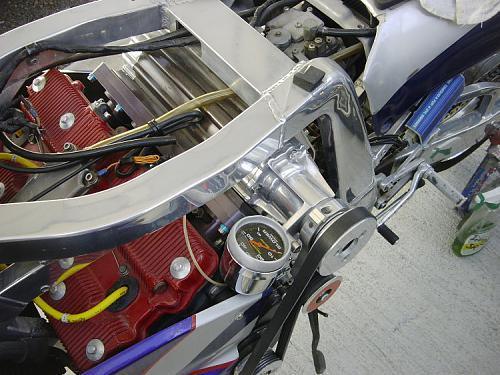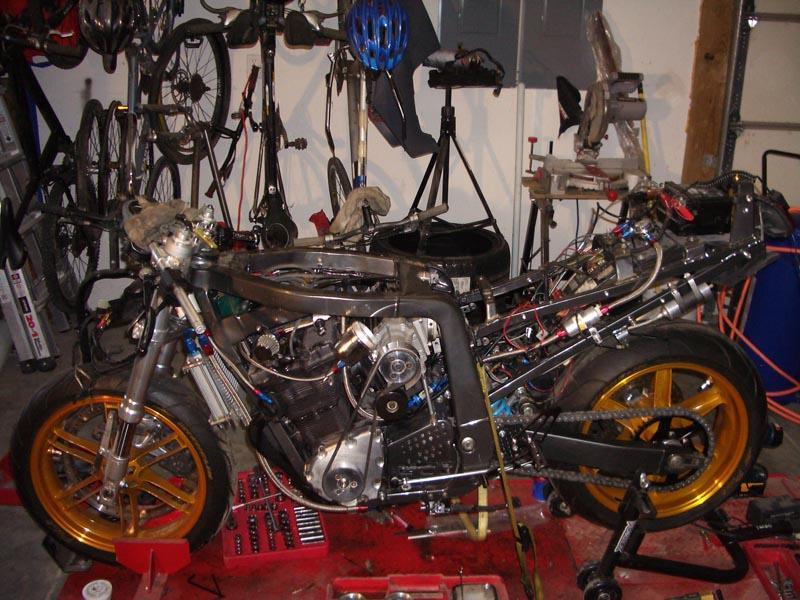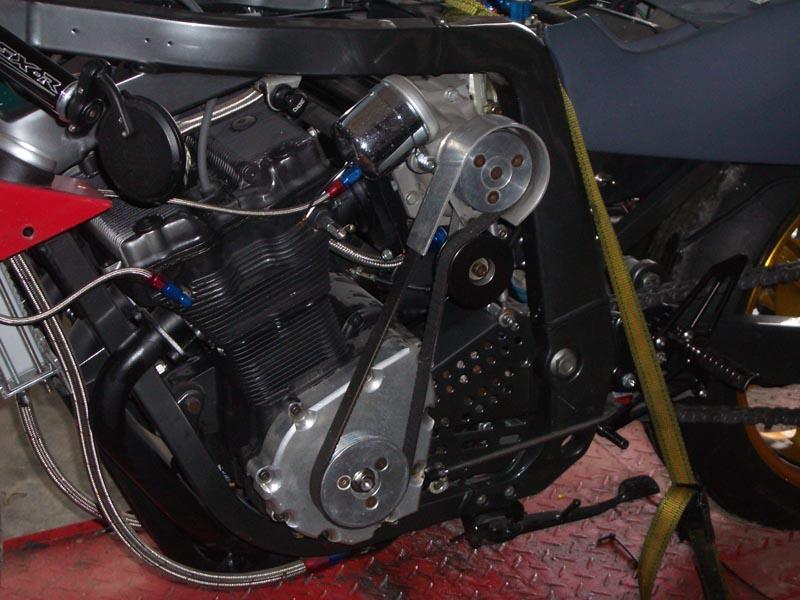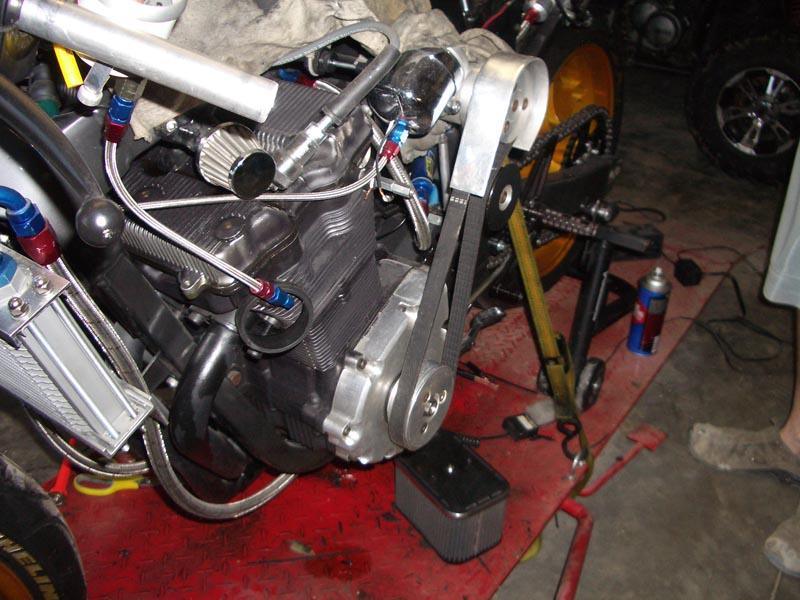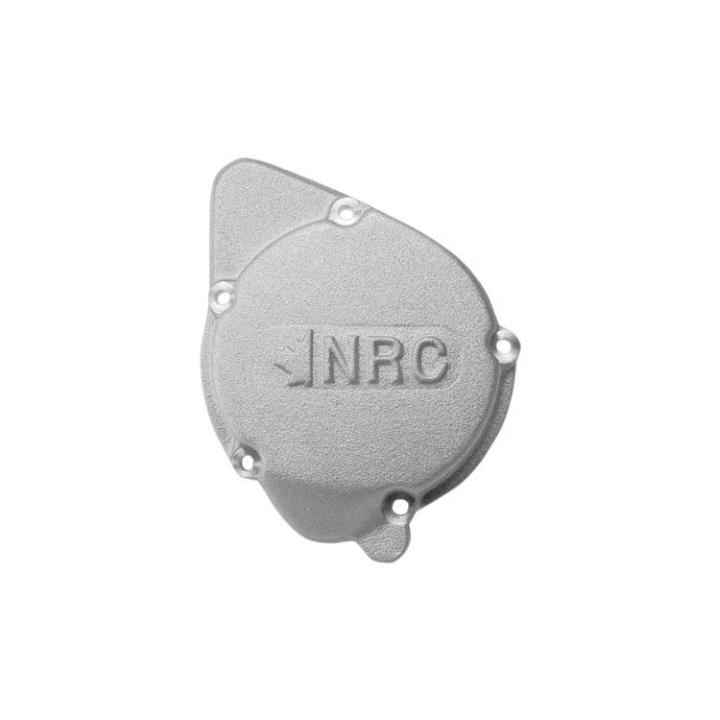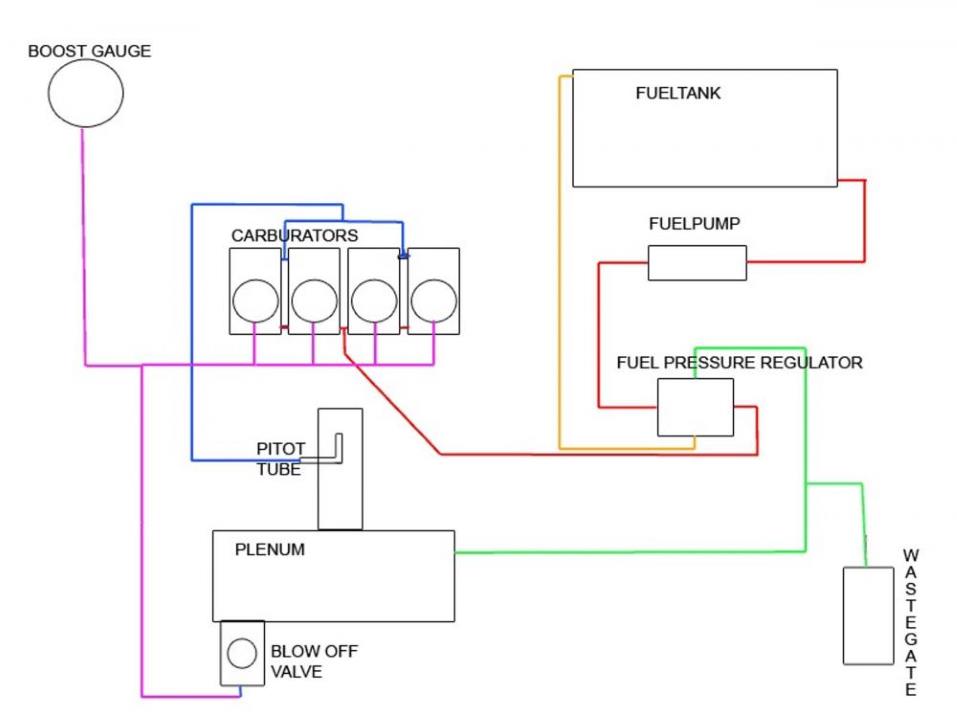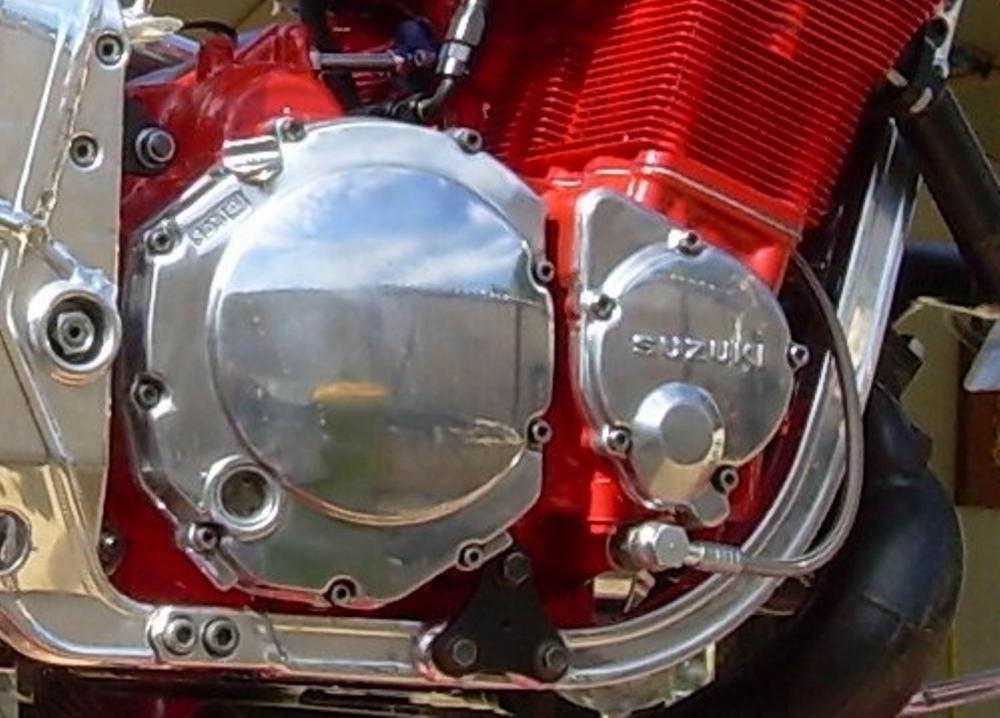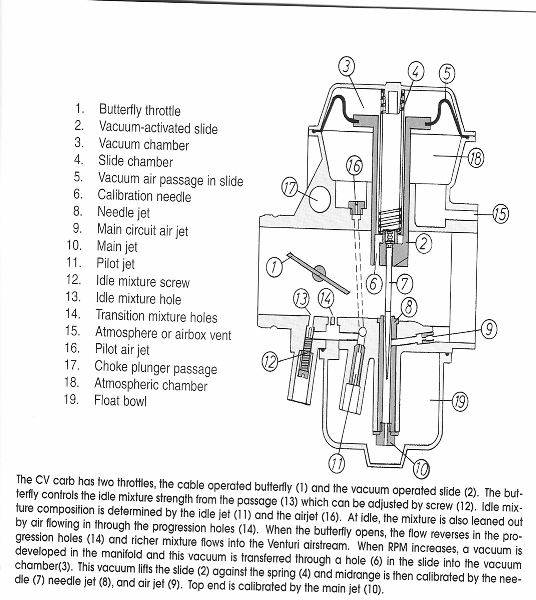-
Posts
129 -
Joined
-
Last visited
Reputation
214 ExcellentPersonal Information
-
Location
Western Australia
Recent Profile Visitors
1,561 profile views
-
-
My offerings would be slim pickens.. Mainly a collection from other forums and such. All I know is they were titled, Simms and Rhom.
-
Sorry for the delayed reply: Anyone I spoke to in OZ for custom work immediately directed me to the 'too hard basket'. Dealing with Brits and yanks has always been the better way to go. Always helpful, always frank and honest. Sometimes specialised parts can be sourced out of Germany. If any of these three areas cant do it, they Always forward you to someone that can. I live in WA and we as a nation suck when it comes to performance or custom / billeted bike parts unless you own a Busa. I am ashamed of the lack of interest in old muscle bikes, even when you call a wrecker (breaker) anything older than 2005 is a non event especially in WA: Vic and NSW maybe not so bad. Right now Im looking about for a flat surfaced trigger plate cover to mount an emtes oil scavenger pump I had lying around since I started the build many moons ago. Guess its a waiting game, cant seem to find anything that doesn t have a oil sensor dimple, or scroll work. NRC Racing cover comes close, but no banana, still. has all that sunk scribing.. I gave Stuart the size I wanted 50 mm, told him what forks I was going to fit and why, said I liked the Ohlins design, and that is what he sent me. Fitted perfectly/ Gave me back the lost length in changing forks. From memory OEM 86-88 fork measured length extended was 770 mm, that was my target. http://www.smrcomponents.com - name is Stuart. They were $250 US + shipping. stuart@smrcomponents.com Good luck.
-
-
I never said it would switch on and off during operation, you have assumed as much. I was speaking of key on to load injectors, like a modern bike. Obviously I did not make that clear. My mistake however, I did not clarify specifics > should have been the LT10C not the LT9C, and on that I stand corrected.
-
Your probably right in that its a late response. I can only speak from my own experiences here. I found that trying to get the carbs to work with the dyna jet kit and mods made the tuning process that much more difficult. Once I reverted back to standard needles, and pilot air jets which they recommend to drill in some cases, tuning became a breeze and main jet selection easier. It made it either too rich or chasing the tune from the get go. Std made it all go away. Just saying.
-
Do not use the dynajet kits. You will revert back to standard for the turbo
-
1. Using a pump like the Walbro 255lph will deliver to any EFI system effectively. That being said, any carbied system imo needs to have a return line to the tank otherwise you will end up with fuel flooding out of the plenum and into the turbo housing, hence as supplied with updated petcock it has return line capabilities etc. Effective use of the Malpassi (carb style) FPR which can be bought as a rising rate unit at 1.1:1 can be set to the carbies needs effectively along with the appropriate fuel gauge inserted after the FPR of 0 - 15 psi. Therefore the Walbro 255 can and will deliver. It must be pointed out, the FPR is fitted between the fuel pump and carbs. Many people on this forum use such a set up, including me up until last month. I include a schematic for use to everyone. NOTE: I found that connecting the Boost reference line ( in green ) from the FPR to the engine side of the carbs got a better reading for jetting rather than at the plenum, bike constantly flooded and gave me false tuning information. After consulting with Britain's foremost authority Dave Dunlop about it, he concurred and advised to move the line. Now, that was using the CV34SS vacuum carbs. Other larger and later models may differ and subsequently connecting to the plenum may be suitably fine and work without issue. 2. On EFI units tank connects to fuel pump, then fuel rail; naturally the FPR is fitted after the fuel rail and onto the return line if your fuel pump is constant on.; It goes without saying no return line is necessary if your aftermarket ECU has the capacity to monitor fuel pressure and cut off fuel delivery similar to any late model bike with an in-tank pump. Now, there are some fuel only controllers which have the facility to use an external pump and the menu allows for maximum fuel pressure then cuts it off. Example 45 psi for a 43.5 psi duty cycle requirement, no return line needed. One such system is the Microtech LT9C Fuel only controller, which can run along side an aftermarket system such as the Dyna 2000 and takes its delivery queue from the tacho. Everyones answers here are indicative to their own bikes. My setup may not necessarily work on yours and so on. Everything depends on engine condition, modifications and so on and so forth. NO ONE has the exact same bike here, would never happen. There is a wealth of knowledge on this forum and all opinions are respected without question Simple English for me, I'm a simpleton............Good luck with the project buddy
-
If you look heard enough, you can see the Dr. Boost Oil Scavenger pump hiding behind the side stand at the back of the engine. As its not a Bandit or naked, I am able to 'hide' most of the gear within the confines of the fairing
-
-
Depending on the turbo you are using, you may have to restrict the amount of flow through the oil feed line. That line will put out litres is your not careful and in some cases good for a 80 psi shot. I threw in a restrictor to fix the problem of oil gushing out the pipes in the banjo bolt itself, then measured the oil flow out of the turbo over 60 seconds to get it right. I had the banjo tapped for a fuel main jet, that way I could control the amount of oil which fed the turbo and made it totally adjustable - plus or minus oil amount. I run a TD05H 16G which I'm told is fairly indestructible and requires flow not pressured oil, to operate. After speaking to Turbo experts, 600ml per 60 seconds was ideal. This was achieved by fitting a #130 jet size. This may vary engine to engine depending on the efficiency of your engine oil pump. A scavenger is connected to the lower side of my catch can, and fed back into the crankcase which must have an external crank case breather fitted and vented to air. The size required was a -10AN. Otherwise you end up with positive crankcase pressure as I discovered. AS i fitted a lock up clutch, it was an easy fix there after. You can see I mounted two connections, an -8AN oil return line and a -10AN breather line to a custom box mounted under the seat which collects vented oil vapour from the clutch and the rocker cover individually. Additionally, I added a one way flow valve in the oil feed line to stop the motor 'bleeding' oil into the turbo when I shut it off. When resting on the side stand after a run, the bike bled oil into the floor without it.
-
Would be nice to know just what the dyno readings for the AF ratio is. Sounds like a couple of things could be going wrong here. If I may, 1). Carbs have been re-jetted incorrectly 2). Main jets too large and engine cannot disperse excess fuel below 4,000 3). Vacuum or air leak between air box and engine - carb boots, air lines, cracks etc. 4). Float level still incorrect. Generally with air pods fitted, mains re-jetting is required to match both pods and pipes and a minor adjustment on the e clip. Normally mains are enriched slightly to compensate by going the next jet size up - example #115 to #117.5 If a dynajet kit has been fitted then setup could be completely wrong. Its real easy to make a mistake with one of those kits. Down sizing the pilots doesnt seem to be the area you need to look at. If its idling ok, and you blip the throttle and hesitates on the rev before it comes down, its lean. On the other hand, if it comes down nice and dips, then bogs and comes back up to idle again, its rich. Simply turning the mixture screws one carb at a time will rectify that. Carbs are a black art and any adjustments should be made one at a time. A mass correction could give you wrong signals and you start looking in all the wrong places. best thing to do, is write down the current settings you have - check it with the book spec - correct it to default settings if the bike is unmodified and make your adjustments from there providing yourself with a good firm benchmark. Write down what effects your adjustments make to bike performance at differing rev ranges. If re-jetting must be done, always always start at the main jet(s) first. Fit mains which will provide proper AF readings at WOT. If you dont do this first, anything else you do will be a complete waste of your time. Happy to help out as you progress, keen to hear how it turns out.
-
Some light reading if it helps. http://www.autoperformanceengineering.com/html/fpspecs.html
-
Actually What I discovered was the rubber band technique on the lever works in a different way. It compresses the pad itself reducing the spongy feeling on new pads when you r first go to bed them in. Most times we fit new pads then spend the next 100 clicks bedding them in, this technique does in-fact aid that situation. Being a slabby owner myself, The countless hours one used to spend removing air out of the system, I finally bought a brake bleeder vacuum pump kit for it. What once used to take hours, now takes 30 minutes from caliper to master. Then I use the rubber band technique over night before I go riding the following day. Was the best $40 AUD I ever spent. Now, inside the master cylinder itself, their is a plunger which over time and piss poor fluid changes the rubber loses its seal. Hence even though you bleed them one day, they are shit the next. A serious problem too on the K7 K8 L0 thou's as well.Suzuki had a recall on them in the last 2 years because of it. Alot of the posts here recommending complete caliper rebuilds is also sound advice given A). the particular age of the machine, plus B). usage and C). Location on the planet. Im not saying its for everyone, but I refresh the fluids in all masters annually with a complete bleed out no matter how many k's the bike has done, its all solar and moisture effected (Example: Colour change in opaque fluid bottles) unless your racing the bike causing fluid overheating. My 2c worth, good luck with it
-
Incoming pm your way....


